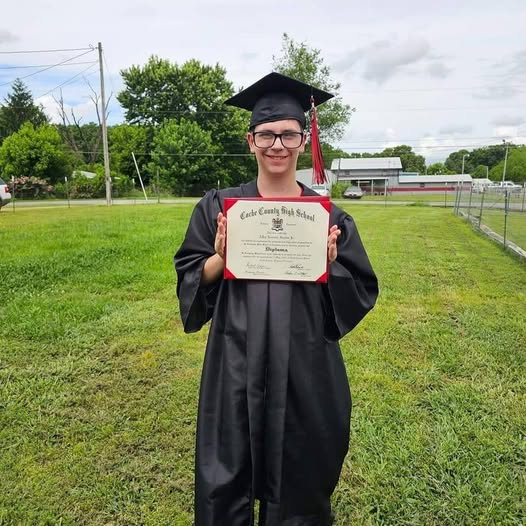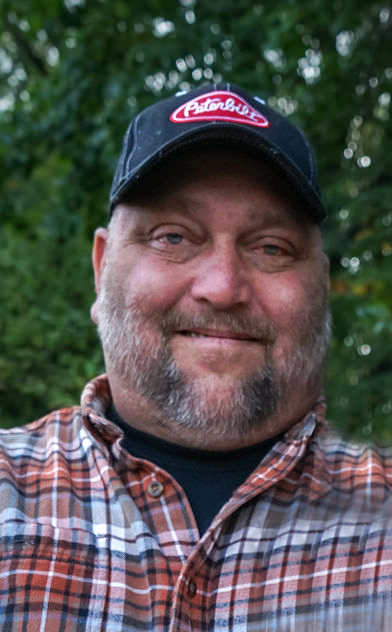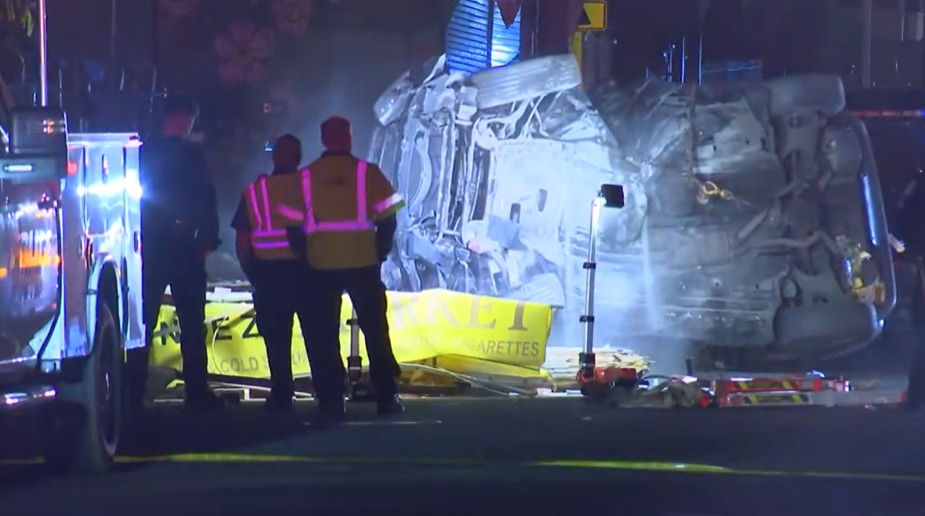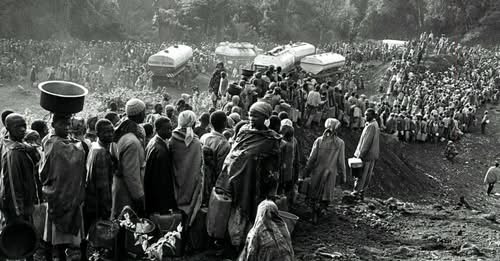On the night of April 23, 2025, a highly unusual and politically charged incident unfolded when lawyers with the Department of Justice (DOJ) mistakenly filed a crucial legal document, one that should not have been made public just yet, outlining a series of legal flaws in the Trump administration’s controversial plan to kill New York City’s congestion pricing tolls. The document, filed in the Southern District of New York, was quickly discovered by legal analysts and reporters, causing a stir within both legal and political circles. The accidental release not only raised eyebrows for the contents it revealed but also for the timing, which seemed to hint at an impending showdown over congestion pricing in one of America’s most densely populated and traffic-congested cities.
The Controversial Congestion Pricing Plan
New York City, like many large urban areas across the globe, has long struggled with the issue of traffic congestion, environmental pollution, and an overstretched public transportation system. As a solution, local lawmakers and city officials developed a congestion pricing scheme that would impose tolls on vehicles entering the most trafficked areas of Manhattan, particularly the busiest zones south of 60th Street. The tolls were designed to reduce traffic congestion, improve air quality, and fund infrastructure upgrades for the city’s aging transit system.
The plan, championed by New York Governor Kathy Hochul and New York City Mayor Eric Adams, received approval from the Federal Highway Administration in 2022, setting the stage for its implementation. The tolls were projected to generate billions of dollars in revenue for the city’s transportation projects and reduce traffic by making it more expensive to drive into central Manhattan. Environmentalists praised the initiative as a step toward mitigating the city’s air pollution and improving overall sustainability, while some business groups and drivers argued that it would hurt commuters and small businesses, increasing the cost of transportation in and around the city.
However, the proposal was not without its critics, especially among those who saw it as an undue burden on everyday citizens. Among those vocally opposed to congestion pricing were supporters of former President Donald Trump, who expressed concern over its economic impact and criticized its fairness, particularly for middle- and working-class commuters.
The Trump Administration’s Legal Challenge
In late 2023, after Trump’s return to prominence within the Republican Party, his administration began exploring legal avenues to derail the congestion pricing plan, arguing that it would disproportionately impact residents in neighboring areas and could be seen as an unjustified tax. The Trump administration’s challenge to the plan seemed politically motivated as it aligned with broader Republican opposition to progressive urban policies, particularly those focused on environmental regulation and taxation.
The Department of Justice (DOJ), under Trump’s leadership, was tasked with mounting a legal challenge to the plan. The lawsuit contended that the tolling system violated constitutional principles related to interstate commerce and would disproportionately harm individuals who relied on commuting into Manhattan for work. Furthermore, the DOJ argued that New York City’s decision to implement the plan was an overreach of local authority, infringing on state and federal jurisdiction.
The administration’s legal strategy was a direct confrontation with New York City’s ambitious sustainability goals and economic interests. However, as of late 2024, the lawsuit had stalled in the courts with few signs of progress. By 2025, the case appeared to have reached a standstill, with little expectation of a swift resolution.
The Accidental Filing
Then, on April 23, 2025, something completely unexpected occurred. Lawyers working for the DOJ, likely under tight deadlines and with high political stakes, accidentally filed a document that was intended for internal review. The filing was a detailed legal memorandum that outlined, with precision, the inherent legal flaws in the Trump administration’s effort to dismantle the congestion pricing plan.
What made this document so significant was that it highlighted numerous contradictions and weaknesses within the legal arguments the administration had presented thus far. The memo was filled with legal analysis challenging the basis for the administration’s claim that the tolls violated interstate commerce rules, pointing out inconsistencies in previous legal rulings and offering a scathing review of the legal reasoning behind the administration’s position.
The document also highlighted several key procedural errors that, according to the memo, could potentially cause the DOJ’s challenge to fail. It suggested that the administration’s legal team had miscalculated the constitutional and regulatory implications of New York’s congestion pricing system, specifically with regard to how it interacted with federal environmental laws and the Clean Air Act. The memo concluded that there was a high likelihood that the legal challenge, if pursued, would ultimately be dismissed by the courts.
The filing, which was supposed to remain confidential, was inadvertently submitted to the Southern District of New York’s court system. Legal observers quickly picked up on the document, and within hours, the contents were splashed across news outlets, sparking a wave of reaction from both legal and political commentators.
Legal and Political Ramifications
The accidental release of the DOJ’s legal analysis had immediate and far-reaching consequences. Politically, the document provided ammunition to critics of the Trump administration’s efforts to block congestion pricing. Environmentalists, transportation advocates, and urbanists seized on the legal memo to argue that the Trump administration’s legal challenge was fundamentally flawed and doomed to fail. For them, the accidental filing reinforced their belief that the congestion pricing initiative was legally sound and would ultimately be upheld in court.
On the other hand, opponents of congestion pricing and the current administration saw the memo as evidence of the Biden administration’s reluctance to aggressively oppose the tolling plan. Some critics of the DOJ argued that the release of the document amounted to an embarrassing misstep, showing that the government’s case lacked the kind of robust legal footing needed to defeat such a major initiative. Others questioned whether the Biden administration was purposely letting the lawsuit flounder to avoid further confrontation with powerful business interests or conservative voters in swing states.
The timing of the filing also played a significant role in the public response. The congestion pricing plan had been on hold for several years, awaiting the outcome of various lawsuits. The accidental filing suggested that the DOJ might be reconsidering its approach, or at least realizing the uphill battle it faced. With the memo now in the public domain, it was clear that the legal path forward would be anything but simple.
A Closer Look at the Legal Issues
The legal issues surrounding congestion pricing are complex and multifaceted. On one hand, advocates argue that it is a necessary policy to address the twin challenges of urban congestion and climate change. They point to the success of similar programs in other cities around the world, including London and Singapore, which have seen reductions in traffic and pollution as a result of congestion pricing.
On the other hand, opponents view the tolls as an unfair burden, especially on working-class and middle-class commuters who have few alternatives to driving. The legal challenge to the plan hinges largely on whether or not New York City has the right to implement such a policy within the framework of federal law, and whether or not it unduly harms interstate commerce or violates constitutional protections.
The Trump administration’s attempt to block the plan by invoking interstate commerce laws is based on the idea that tolls would unfairly target drivers coming into Manhattan from out of state, disproportionately affecting workers who rely on cross-state commuting. The DOJ’s memo, however, pointed to previous legal precedents that suggested such tolling schemes were within the power of local and state governments.
The Aftermath
In the wake of the accidental filing, the DOJ was forced to issue a statement acknowledging the error and asking the court to disregard the mistakenly submitted document. However, it was clear that the contents of the memo had already sparked widespread debate and analysis.
The incident has put the spotlight on both the congestion pricing plan and the Trump administration’s continued efforts to dismantle progressive urban policies. It has also highlighted the complexities of legal challenges to local government initiatives and raised important questions about the intersection of federalism, constitutional law, and urban sustainability.
As legal experts and political analysts continue to digest the implications of the accidental filing, the future of New York City’s congestion pricing plan remains uncertain, but one thing is clear: the legal and political battle surrounding it is far from over.









